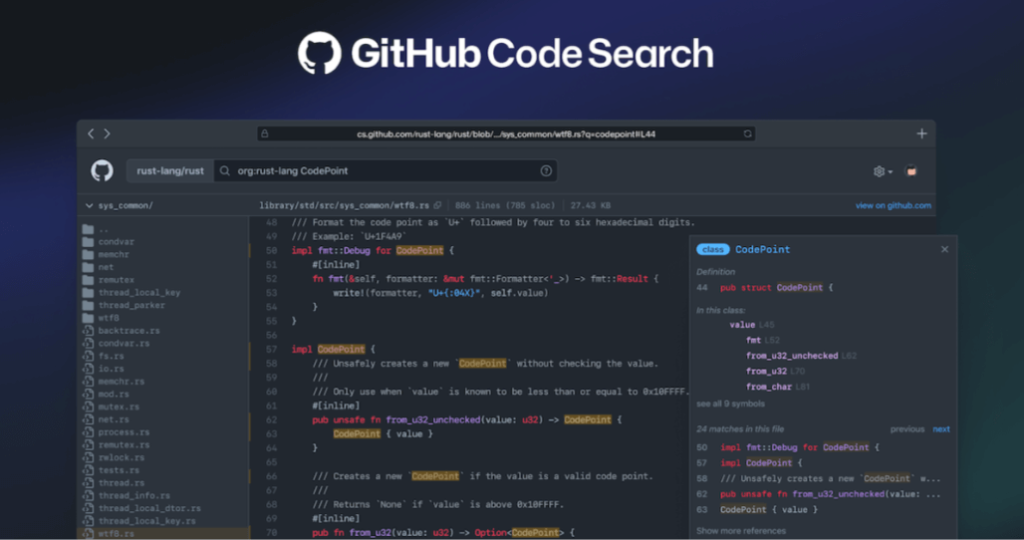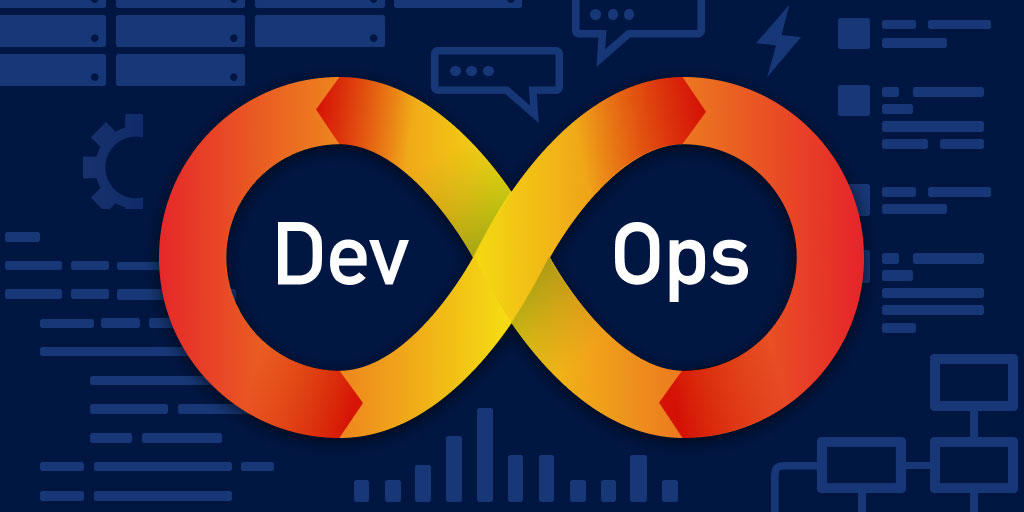Azure DevOps Server 2022: Advanced Tools for Seamless Collaboration
Azure DevOps Server 2022.1 RC2 brings exciting new features that help teams collaborate more seamlessly on Git repositories.
This latest release candidate builds on previous versions to optimize and streamline common Git workflows.
Here, Hire Azure Devops Consultants explore some of the top highlights that improve Git productivity in Azure DevOps Server 2022.1 RC2.
Whether your developers are committing code, reviewing pull requests, or managing branches, these updates create a smoother experience.
Optimized Branch Management
Managing many Git branches can get messy quickly across large projects with multiple developers.
Azure DevOps Server 2022.1 RC2 looks to address some common branch management headaches by making it easier to organize, find, and track different code branches.
The improved branch switcher tool makes changing between different branches faster.
Instead of digging through menus, developers can access a list of recent branches from a dropdown right on the home screen.
One click switches them to the selected branch codebase. Icons display next to branches that have open pull requests too, providing extra context on the potential impacts of switching.
Speaking of pull requests, development teams often use branches to isolate feature work intended for future pull requests back to the main branch.
To prevent overlapping efforts, it helps to know what other branches exist and who is working on them. The new branches overview page gives greater visibility through easy-to-scan previews of every branch. Developers can glance at the page to check for duplicate efforts and identify ownerless branches that may need to be cleaned up.
The system also automatically categorizes branches by status, including active work, stale/inactive branches, and deleted branches.
These classifications help focus attention on relevant in-progress work while also flagging unused branches that can retired.
On top branches, icons denote protected branches and pull request connections, giving teams more context into how each branch fits into the broader codebase.
When it comes time to protect release-bound branches using branch policies, the process is also more customizable.
Branch rules let teams scope policies to specific branches rather than applying blanket policy sets across all protected branches.
This way developers can customize requirements as needed on branches powering major releases vs. isolated testing environments.
By optimizing branch tracking and policy configuration, Azure DevOps Server 2022.1 RC2 aims to tame Git branch sprawl.
Azure DevOps Server Support can assist with upgrading your deployment to the latest version to take advantage of new features and enhancements.
Streamlined Pull Request Workflows

Modern development workflows rely heavily on pull requests to introduce code changes, trigger reviews, and safely merge feature work into mainline branches.
The problem is that managing to pull requests across large, distributed teams can result in productivity bottlenecks.
Azure DevOps Server 2022.1 RC2 looks to streamline collaborative pull request workflows from end to end.
Right from creation, the system suggests appropriate reviewers and destinations to prevent misroutes that delay reviews. Developers spend less time manually identifying the right people and branches.
The new pull request toolbar also eliminates clicks during review by putting common actions front and center.
Appropriate reviewers can quickly open changed files, set status indicators, and trace commits back to previous pull requests from the toolbar rather than digging through menus. Code history is more accessible.
And finishing up pull requests sees improvements as well with new options for handling commit history.
Teams can now easily rebase and squash merges instead of the default merge commit.
This allows development teams to present a clean project commit timeline while still benefiting from isolated pull request development.
Combined with the redesigned reviewer’s experience and side-by-side diff views rolled out in previous releases, Azure DevOps Server continues to optimize for faster, higher-quality pull request collaboration at scale through tools that minimize repetition.
The 2022.1 RC2 build expands on that vision with a more seamless end-to-end pull request workflow. If you run into any issues migrating from Azure DevOps Server on-premises, leverage Azure DevOps Server Support to help troubleshoot and resolve them.
Enhanced Git Repository Management
Managing Git repositories sees several handy improvements in Azure DevOps Server 2022.1 RC2.
Teams can now leverage shallow clone support for reduced download size and faster performance. Configurable fetch and clone depth control how much history to retrieve.
Tracking repository changes also becomes easier with logging support. The new Git version control change log provides an audit trail of modifications.
Quickly inspect configuration changes, push events, and repository transfers within the system.
Repository permissions can now be managed through group-based access controls.
Assign access levels to entire groups rather than individually managing each user. Simplified permission configuration reduces administrative overhead.
For improved visibility, the latest release introduces a repository dashboard as well.
At a glance, check out top contributors, recent activity, and code frequency insights. The dashboard adds transparency to repository usage and trends.
Together, these repository management enhancements help teams work more efficiently.
Shallow clones accelerate workflows while detailed logging and permissions streamline administrative tasks.
Flexible Git Customization In Azure DevOps
Tailoring and customizing Git behaviors sees flexibility boosts as well in Azure DevOps Server 2022.1 RC2. Teams have more control to adapt Git tools to their specific needs.
For example, web modal profiles let you configure what displays in the web modal pop-up on confirmation dialogues. Hide or rearrange elements like commit messages, IDs, and time stamps.
The commit experience is also more configurable now with customizable default scopes. Set branch-specific scoping rules to bypass unnecessary targeting on every commit.
Experimentation with Git configurations is safer too with self-service undo support. Quickly revert configuration changes if something isn’t working right.
With more customization and flexibility, teams can fine-tune Git behaviors to their exact preferences. Azure DevOps Server adapts to how you want to work with source control.
Advanced Code Search Capabilities

Finding relevant code in repositories gets easier with Azure DevOps Server 2022.1 RC2 thanks to more advanced code search capabilities.
Developers can now leverage trigram searches for quicker fuzzy matching. This technique helps surface results even with misspellings.
Exploring code also improves with contextual search filters and metadata-based results. For example, filter by specific file types or surface items missing crucial metadata tags.
Repository search even supports customizable keyword synonym matching. Map industry or company-specific phrases to standard terms for more consistent discovery.
Finally, code search functionality now extends outside the web interface with a new REST API. Programmatically query and retrieve files from Git repositories.
With better code search precision, developers waste less time hunting down resources spread across one or more Git repositories.
Flexible Release Management Workflows
Rounding out the major improvements, Azure DevOps Server 2022.1 RC2 introduces more release management flexibility.
Teams can now model multi-phase production deployments across environments.
The new multi-phase rollout support evenly distributes traffic across a rolling update. This helps reduce risk and monitor for issues safely.
Releases also integrate better with existing systems through custom release gates.
Inject automated approvals, scheduled delays, and external service calls into the release process.
Managing releases sees a boost too with inheritable approval settings. Specify approvers at one level and have settings cascade down through environments.
Finally, access to release reporting gets more flexible with reader permissions. View deployment history details without full write access.
Together, these features expand release management customization for more automated and controlled deployments. Smoothly push builds through testing, staging, and production environments.
With easier branch management, faster pull request workflows, and advanced customization, Azure DevOps Server 2022.1 RC2 streamlines Git collaboration at scale.
There’s less friction working with repositories, branches, and source code changes.
From customizable experiences to multi-phase release management, DevOps teams have more control over their systems. They can adapt tools to meet their organization’s specific needs.
While the 2022.1 RC2 release delivers standout improvements, Microsoft’s innovation in the DevOps space continues.
The Azure DevOps platform evolves rapidly with new features launching frequently. But for now, Server 2022.1 RC2 brings welcome optimizations to accelerate development workflows leveraging Git.
Azure DevOps Server 2022.1 RC2 introduces impactful Git improvements for teams.
How might your development workflow benefit from easier branch management and streamlined pull request collaboration?
What features seem most valuable to your team? We are curious to hear your thoughts on how this release could help you work better with Git!
Read More:



